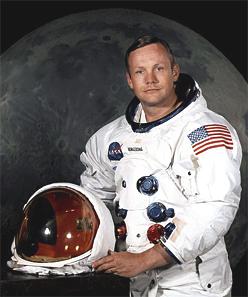- Established 1982 -HOME: www.hiltonpond.org
THIS WEEK at HILTON POND Subscribe for free to our award-winning nature newsletter (Back to Preceding Week; on to Next Week) |
NEIL ARMSTRONG, APOLLO 11, AND ME [AUTHOR'S NOTE: I have published most of the following in previous installments; although it's not purely about natural history, astronomy is still part of out natural world. Considering that 2019 is the 50th anniversary of the Apollo 11 Moon landing, I wanted to post it again out of respect and admiration for the accomplishments of astronauts Neil Armstrong, Buzz Aldrin, and Michael Collins--along with the estimated 400,000 workers at all levels that helped this phenomenal feat come to pass. --BILL HILTON JR.]
Today, 20 July 2019, is a special day in the history of the U.S. space program, and people around the world are recollecting where they were exactly 50 years ago in 1969 when Neil Armstrong made his first small step onto the surface of the Moon. I, too, have been thinking about that event, but my own memories of Armstrong go back five more years to 1964. That summer I was privileged to be among 100 high school scientists from around the country-- The NYSC was begun in 1963 to celebrate West Virginia's Centennial; in years since, plenty of top-notch, big-name scientists have visited the Mountain State to speak to NYSC delegates. None, however, could have had more impact than the future astronaut who came to Bartow and lectured during my camper year. In July 1964—55 years ago this month--Neil Armstrong enthralled me and my fellow delegates with his presentation about futuristic plans for the Apollo manned mission to Earth's Moon. I distinctly remember him standing before us outside the camp's rustic lecture hall beneath towering spruce trees, surrounded by profusely flowering Rosebay Rhododendrons--West Virginia's state flower. Armstrong was personable and friendly, but precise in his delivery and majestic in his professionalism and military bearing. What a thrill it was to sit with him later in the camp dining hall, chatting about space travel--and trout fishing--over beef and mashed potatoes!
All text, maps, charts & photos © Hilton Pond Center When I close my eyes I can still trace an image he drew on the chalkboard (above)—a simple line drawing showing how the Apollo 11 module would need to fly a figure eight around Earth and Moon for a successful landing and eventual return trip. There Armstrong was--still FIVE YEARS away from his ever-famous Moonwalk--already explaining and studying and practicing the moves he would execute to bring his lunar lander down at Tranquility Base. Talk about advance planning!
All text, maps, charts & photos © Hilton Pond Center That evening aeronautical engineer Armstrong--despite appearing formal in a dress suit and tie (but no white socks or pocket protector!)--gathered at the campfire circle for an informal question and answer session with what I'll admit is a geeky-looking bunch of delegates (above). I'm relieved and pleased to say none of us just-graduated high school honor students--many wearing our coveted blue blazers with name-tags and the radio telescope emblem--posed that query astronauts almost always get from younger audiences: "But how do you go to the bathroom in space?" In the summer of 1969 I was back in West Virginia directing the NYSC's natural sciences program, and on the final day of camp traveled to Charleston WV with delegates and other staph [sic; it's a SCIENCE camp!] for the annual Farewell Banquet on 13 July. During what was already an emotional event after three intense weeks together in the Mountain State, camp co-founder and director Chuck Cochran pulled from his vest pocket a Western Union telegram addressed to the current science campers.
Imagine the goose bumps that filled the room as Chuck unfolded that yellow paper and read an almost-unbelievable message addressed to the 100 NYSC delegates--a greeting from those astronauts who would be blasting toward the moon in just three short days and wrote: "We wish we had your future!"
We cheered and clapped at the successful liftoff of the giant Saturn rocket that propelled Apollo 11 out of Earth's atmosphere (above left), and after that it was just a matter of waiting for Neil Armstrong and his colleagues to make their phenomenal three-day trip to lunar orbit. Shortly after the successful rocket launch we closed camp for the season. As the Apollo astronauts headed toward their historic rendezvous with the Moon I made a trip of my own back home to Rock Hill SC. A few evenings later on 20 July I joined my parents and younger siblings in the TV room to watch Armstrong exit the lunar lander (below right). In 1989--20 years after the wildly successful Apollo 11 mission--I returned to Bartow to celebrate my 25th anniversary as an NYSC delegate and to deliver my own lecture to that year's National Youth Science Campers. With cold chills crawling up and down my spine, I tried to convey to the current crop of delegates--which now included young women as well as men--how exciting it had been to meet Neil Armstrong 25 years earlier and to talk with him about his plans to be the first man on the Moon. I was nearly speechless at using the very same chalkboard my favorite astronaut had used back in 1964. 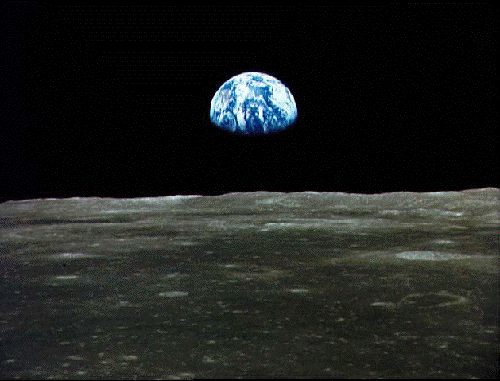 Near the end of my talk, I wished the science campers success in their upcoming college careers, and then I showed them an Earthrise photograph (above) Armstrong's crew had taken from the Moon. My point was that Neil Armstrong and all the other astronauts and cosmonauts have a unique perspective that none of the rest of us can really know. They have seen the "little blue marble" called Earth hanging in the immense black void of space. From a quarter million miles away they have scanned our wispy clouds and our oceans and the continents of terra firma we walk upon each day. They understand, as can no others, how small a planet we inhabit, how delicate Spaceship Earth really is. I closed my lecture with another wish that is just as valid today on the 50th anniversary of Apollo 11: That every science camper--and every Earthling, for that matter--could do as astronaut Neil Armstrong did and view our tiny planet from afar.
All text, maps, charts & photos © Hilton Pond Center
"For those who may ask what they can do to honor Neil, All text, maps, charts & photos © Hilton Pond Center
Checks also can be sent to Hilton Pond Center at: All contributions are tax-deductible on your Don't forget to scroll down for Nature Notes & Photos, |
|---|
|
"This Week at Hilton Pond" is written and photographed by Bill Hilton Jr., executive director of Hilton Pond Center for Piedmont Natural History
|
|
|
Please refer "This Week at Hilton Pond" to others by clicking on this button: |
|


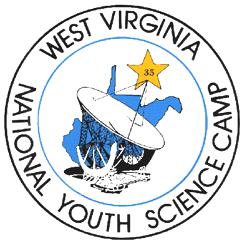 two from each state--picked by their governors to attend the National Youth Science Camp at Bartow, West Virginia.
two from each state--picked by their governors to attend the National Youth Science Camp at Bartow, West Virginia.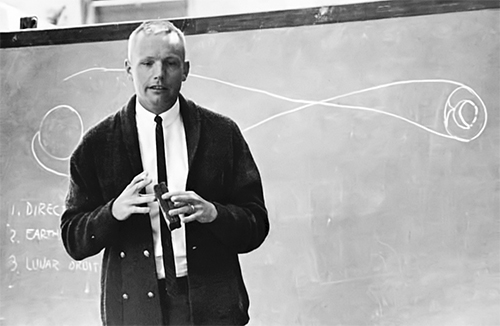
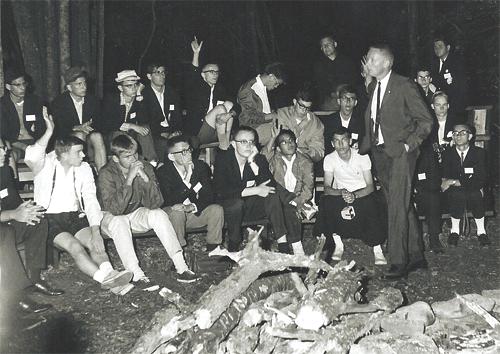

 Next morning everyone at Charleston’s airport was still talking excitedly about the astronauts' amazing telegram as we bid farewell to that year’s campers. When the last delegate departed for home, staph returned to Bartow to break camp and at 9:32 a.m. Eastern Time on 16 July 1969—exactly 50 years ago this month—two dozen of us were crammed into a little room at the rural Hermitage Motel, watching the only available television set
Next morning everyone at Charleston’s airport was still talking excitedly about the astronauts' amazing telegram as we bid farewell to that year’s campers. When the last delegate departed for home, staph returned to Bartow to break camp and at 9:32 a.m. Eastern Time on 16 July 1969—exactly 50 years ago this month—two dozen of us were crammed into a little room at the rural Hermitage Motel, watching the only available television set 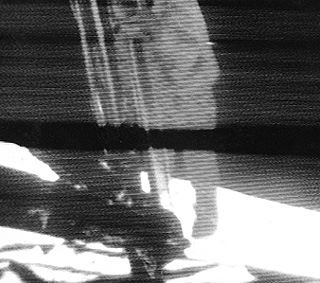 Tears came to my eyes and a prideful lump filled my craw when at 8:56 p.m. Eastern Time I saw an astronaut I once met make his first small footprint in dust that had never known a human's touch.
Tears came to my eyes and a prideful lump filled my craw when at 8:56 p.m. Eastern Time I saw an astronaut I once met make his first small footprint in dust that had never known a human's touch.